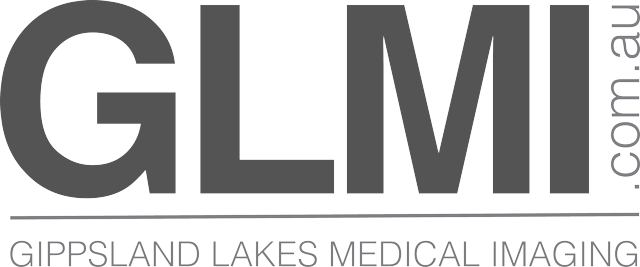We are proud to partner with Shimadzu and Planmeca to offer the latest technology low dose digital radiology. Gippsland Lakes Medical Imaging offers digital plain X-rays, OPG (dental X-ray) and Cephalometry.
Digital X-rays can allow for up to 70% less radiation dose than conventional X-rays.
FAQ
What is an X-ray?
Who performs the X-ray?
What happens during the examination?
What are the risks of having too many X-rays?
Is there any preparation I should be aware of?
Do I have to make an appointment for my X-ray?
What happens if I am pregnant or think I might be?
How long will the procedure take?
How much will it cost?
We bulk-bill all pensioners, healthcare card holders for most procedures. All other patients do need to pay on the day an amount dependent on the procedure. All procedures allow you a Medicare rebate if you are eligible. We can lodge your claim immediately so the rebate should be in your bank account within 48 hours if you have registered your details with Medicare.
